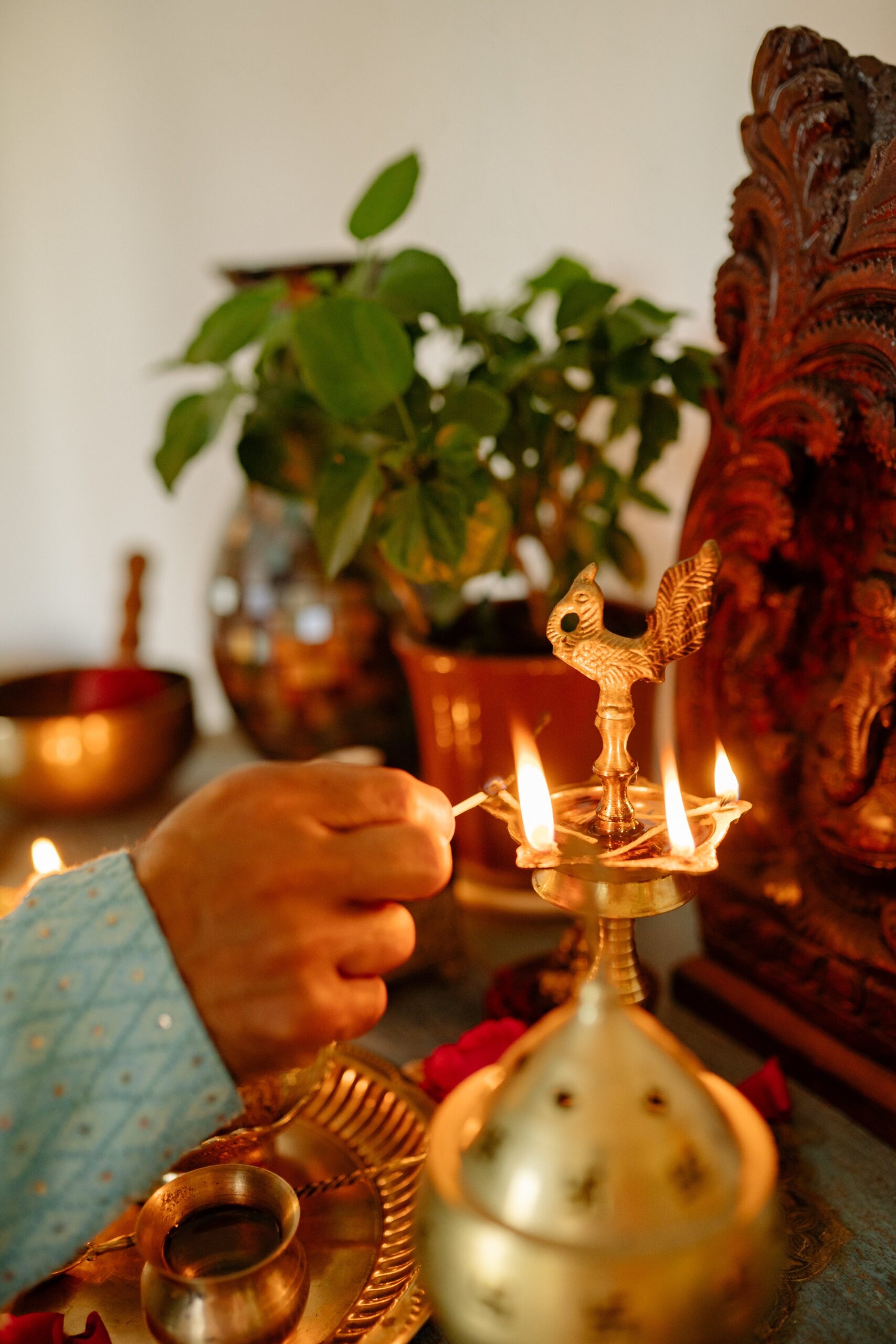Nirjala Ekadashi, the fast that is also known as Pandava Bhima Ekadashi or Bhimseni Ekadashi, is the holy day celebrating the 11th lunar day of the fortnight of the Jyeshtha month. It is believed in Hinduism that fasting strictly on this auspicious day will bring great spiritual advantage. Nirjala Ekadashi of among the 24 Ekadashi is considered to be the holiest Ekadashi.
————————————————————————————————————————
Significance of Ekadasi: Hinduism considers Ekadashi as a day of high spiritual and religious importance with heightened spiritual consciousness, self-restraint and devotion. It is a Sanskrit word Ekadashi where, Ek is one and Dashi is ten and it is referred to as the eleventh day of both lunar fortnights.
According to the common belief, fasting on Ekadashi results in divine blessings, purity from sins, and ensure spiritual growth and enlightenment. Two Ekadashi’s in a month that occur in waxing and waning phases of the moon are dedicated to different deities and the rituals performed differ accordingly. The devotees pray, meditate, and do charity to seek god’s favour and spiritual solace. The observance of Ekadashi has become an extensive social practice among all the Hindu communities, and the importance of this divine day remains a vital part of the religious and cultural scene.
————————————————————————————————————————
Jal in Hindi means water and nirjala is the transliteration of nir + jal which implies no water. Hence, Nirjala ekadasi is among the toughest Ekadashi fasts in the world, because it is a completely waterless fast.
The origin of Nirjala ekadasi is in Mahabharata where Bhima, one of the Pandava brothers, who could not fast on all the regular Ekadashi because of his craving towards food, turned to sage Vyasa for help. Sage Vyasa, subsequently, instructed Bhima to undergo a very strict fast of Nirjala Ekadashi to attain the same benefits of all the Ekadashi fasts during the whole year.
In the Brahma Vaivarta Purana, the legend of Bhima and the Nirjala Ekadashi is told. This Purana stresses the qualities in the practice of this Ekadashi which is powerful enough to give spiritual merit and release from sins.
On this day, devotees wake up early, take a ritual bath and then perform prayers and devotional activities. The fast kicks off at sunrise and ends the following day after its day break when you can not eat or drink at all for 24 hours. Observing Nirjala Ekadashi is considered to result in all the blessings that come out of fasting on all the Ekadashi occasions throughout the year. It is a process of cleaning the mind, body, and spirit and a means to spiritual growth. The holy fast is considered more onerous, and therefore more meritorious, for those who may find it difficult to fast on Ekadashi for health or any other reason.
Nirjala Ekadashi is celebrated by the Hindus in India and other areas of the world that partakes in the practice of the Ekadashi vrat. It is in temples that are icons of Lord Vishnu, pious people perform their vows and prayers in special services.
The strict requirement of Nirjala Ekadashi gives the observance one of the highest positions in the Hindu calendar, which shows perseverance, dedication, and dedication to spiritual practices.

